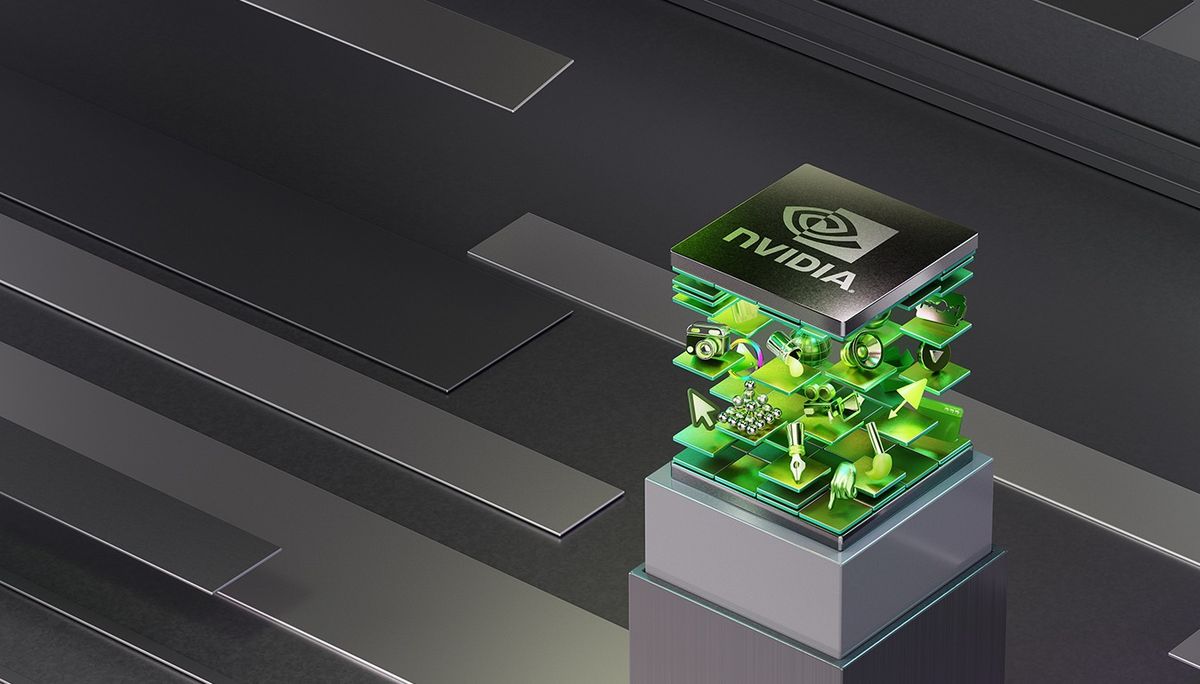and the distribution of digital products.
DM Television
Nvidia stock falls over 6%: What went wrong?

Nvidia stock experienced a sharp decline on Tuesday, falling over 6% to $140.14, marking its worst day since September 3, despite an initial surge following CEO Jensen Huang’s keynote at the CES 2025 conference.
Nvidia stock crashes 6% despite AI and robotics announcementsAfter briefly touching a record high of $153 shortly after market open, Nvidia’s shares reversed direction amid a broader selloff in technology stocks, which saw the S&P 500 decline by 1.1% and the Nasdaq fall by 1.9% due to mounting investor concerns about U.S. fiscal and monetary policies. The drop in Nvidia’s stock wiped out more than $220 billion in market value.
Other technology firms also faced significant losses, including government contractor Palantir and electric vehicle company Tesla, whose stocks fell by 8% and 4%, respectively. This selloff occurred despite a positive reception from Wall Street regarding Huang’s presentation, which emphasized Nvidia’s advancements in robotics and its ongoing development of AI hardware and software.
Analysts like Hans Mosesmann from Rosenblatt noted Nvidia’s capability to enhance its AI leading position, stating that the company continues to innovate in both hardware and software. Huang’s keynote highlighted new partnerships, including naming Micron as Nvidia’s memory partner for gaming GPUs. He also announced deals to supply semiconductor chips for Toyota’s driver assistance programs and technology for autonomous vehicles, including self-driving trucks for Aurora and Uber’s autonomous driving initiative using Nvidia’s Cosmos platform.
CES 2025: Nvidia RTX 5090 brings 2X the power of 4090
After closing at a record high of $149.43 on Monday, Nvidia’s stock addition of over 190% from the previous year had analysts such as William Stein from Truist Securities reiterating their Buy ratings, projecting an average price target of $172.80 for the stock over the next 12 months.
Nvidia unveiled notable updates during the CES event, including the introduction of a new superchip called GB10, designed for use in a compact new supercomputer, intended to be available for developers and researchers at a price of $3,000 in May. The company also debuted its Cosmos platform, which creates AI models for developing humanoid robots and enhancing autonomous vehicle technology.
Huang indicated that the autonomous driving market alone could grow into the first multitrillion-dollar robotics industry. Analysts from Wedbush expect robotics and autonomous technology to represent a potential $1 trillion market for Nvidia.
Underwhelming market reactions to Nvidia’s CES showcase highlight a tough reality: even AI and robotics leadership can’t shield a stock from broader market jitters. The drop to $140, after hitting a record $153 earlier, reflects tech sector vulnerability more than Nvidia’s fundamentals. Wall Street loved the GB10 superchip and autonomous vehicle announcements, but fiscal fears had the final say.
Nvidia’s $220 billion market value wipeout stings, but it doesn’t change the company’s trajectory in AI or robotics. Jensen Huang laid out a compelling vision for a trillion-dollar robotics market, yet macro concerns over fiscal policies crushed momentum. This wasn’t a rejection of Nvidia’s story—it was a market resetting its appetite for risk.
Disclaimer: The content of this article is for informational purposes only and should not be construed as investment advice. We do not endorse any specific investment strategies or make recommendations regarding the purchase or sale of any securities.
Featured image credit: Nvidia
- Home
- About Us
- Write For Us / Submit Content
- Advertising And Affiliates
- Feeds And Syndication
- Contact Us
- Login
- Privacy
All Rights Reserved. Copyright , Central Coast Communications, Inc.